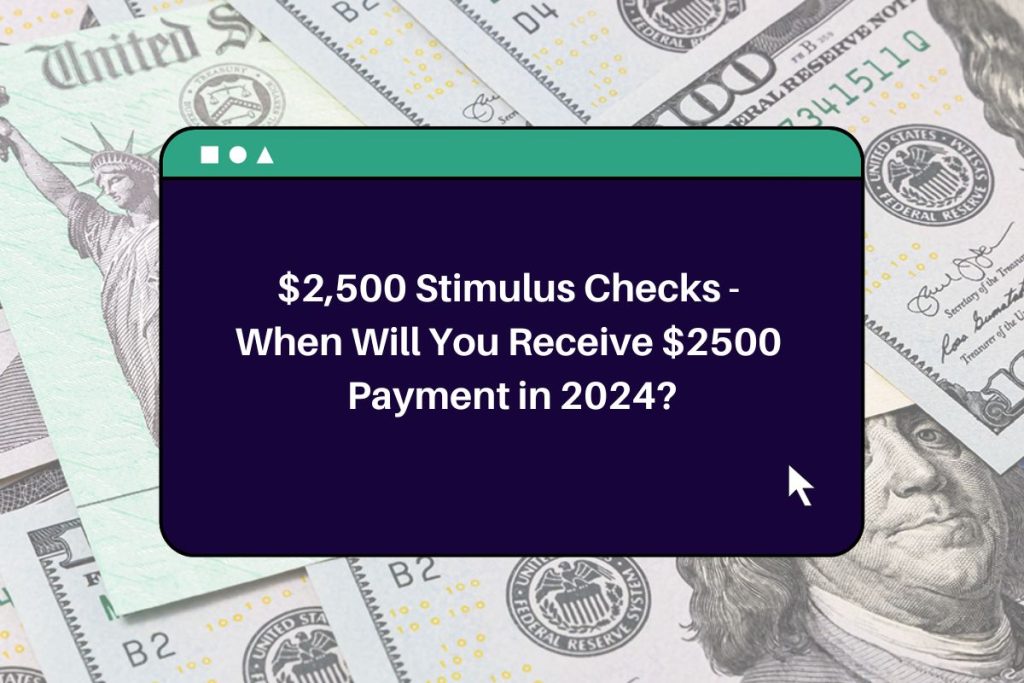In response to economic challenges, states across the US are stepping up to provide financial relief to their residents. They’re offering tax rebates and refund programs to help ease the strain of inflation and ongoing financial struggles. Let’s take a look at some of these initiatives.

Boost Your Wallet: Maximize Tax Rebates in Your State – Up to $2500 Potential!
Tax Rebates and Credits Across Massachusetts, Minnesota, and Montana!
Massachusetts is giving back to its taxpayers by offering a refund equal to 14% of their state tax liability for the 2021 tax year. Even if you miss the filing deadline, you could still qualify for this refund, so it’s worth checking out.
Residents of Minnesota are required to receive a one-time direct tax rebate payment as a result of recent legislation. Depending on your filing status and the number of dependents you claim, these payments might range from $260 to $520. It’s a simple method to put some more money in your pocket.
Montana is also taking action to help its citizens. Married couples filing jointly can receive tax credits of up to $2,500, thanks to legislation aimed at providing income tax rebates for the 2021 fiscal year. It’s a significant boost for families trying to make ends meet.
READ ALSO: Medicaid Age Eligibility: Transitioning To Adult Healthcare Coverage And Support
Unique State Programs Offer Tax Relief and Financial Support
Alaska has its unique approach with the Permanent Fund Dividend. Residents can receive an annual disbursement derived from the state’s mineral revenue. The amount varies based on income criteria and the size of the applicant pool, providing a helpful supplement to household finances.
In New Mexico, qualified taxpayers who filed their 2030 income tax returns are entitled to receive rebate payments of up to $1,000. Additional assistance is available for residents who may not meet the initial reimbursement criteria, offering support to those in need.
Washington is offering the Working Families Tax Credit to eligible residents, providing payments ranging from $50 to $1,200. This credit is designed to support families and individuals based on their income levels and the number of qualifying children, offering a helping hand to those struggling financially.
READ ALSO: Alabama Lottery Bill: A Game-Changer For The Deep South State

















































